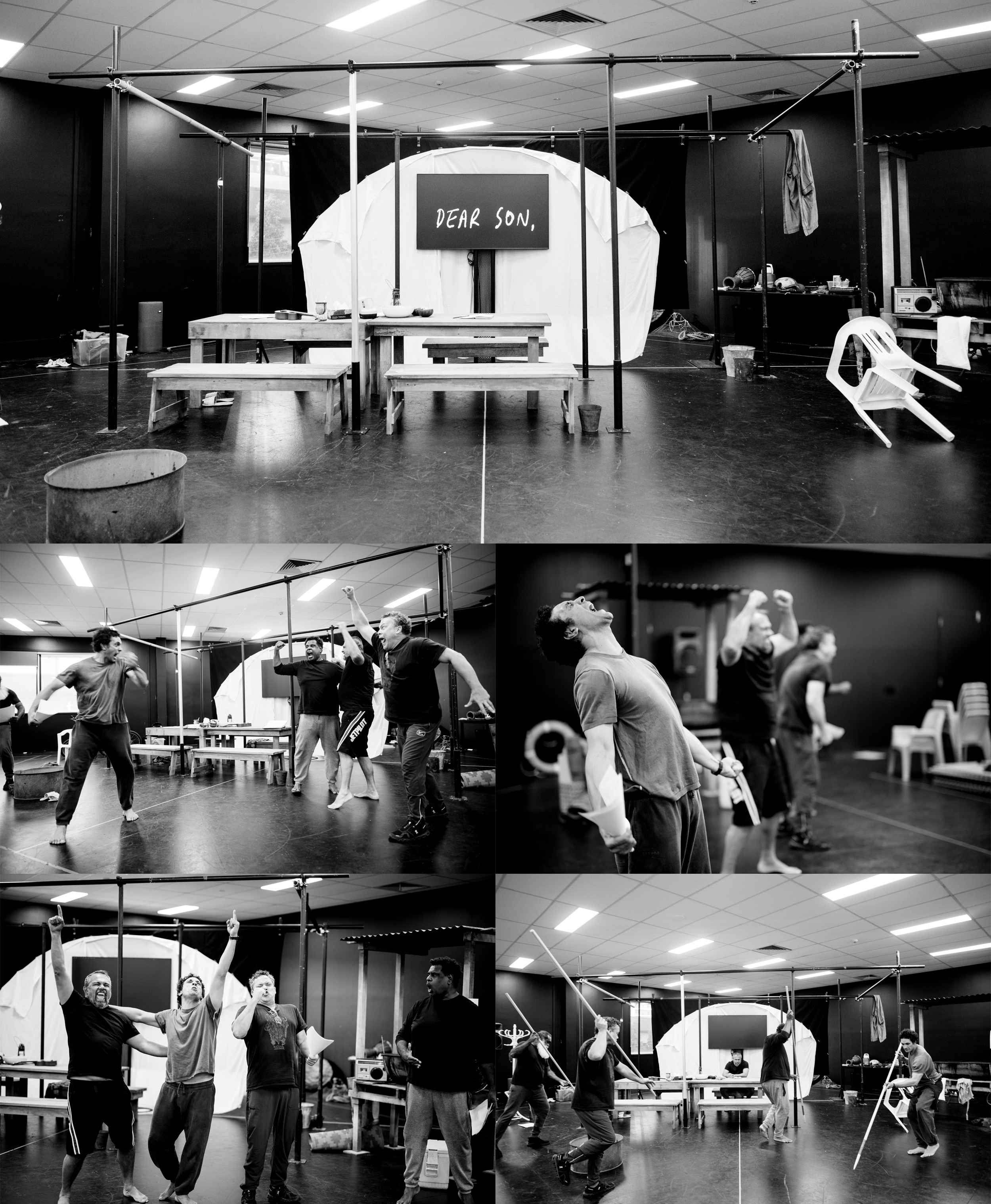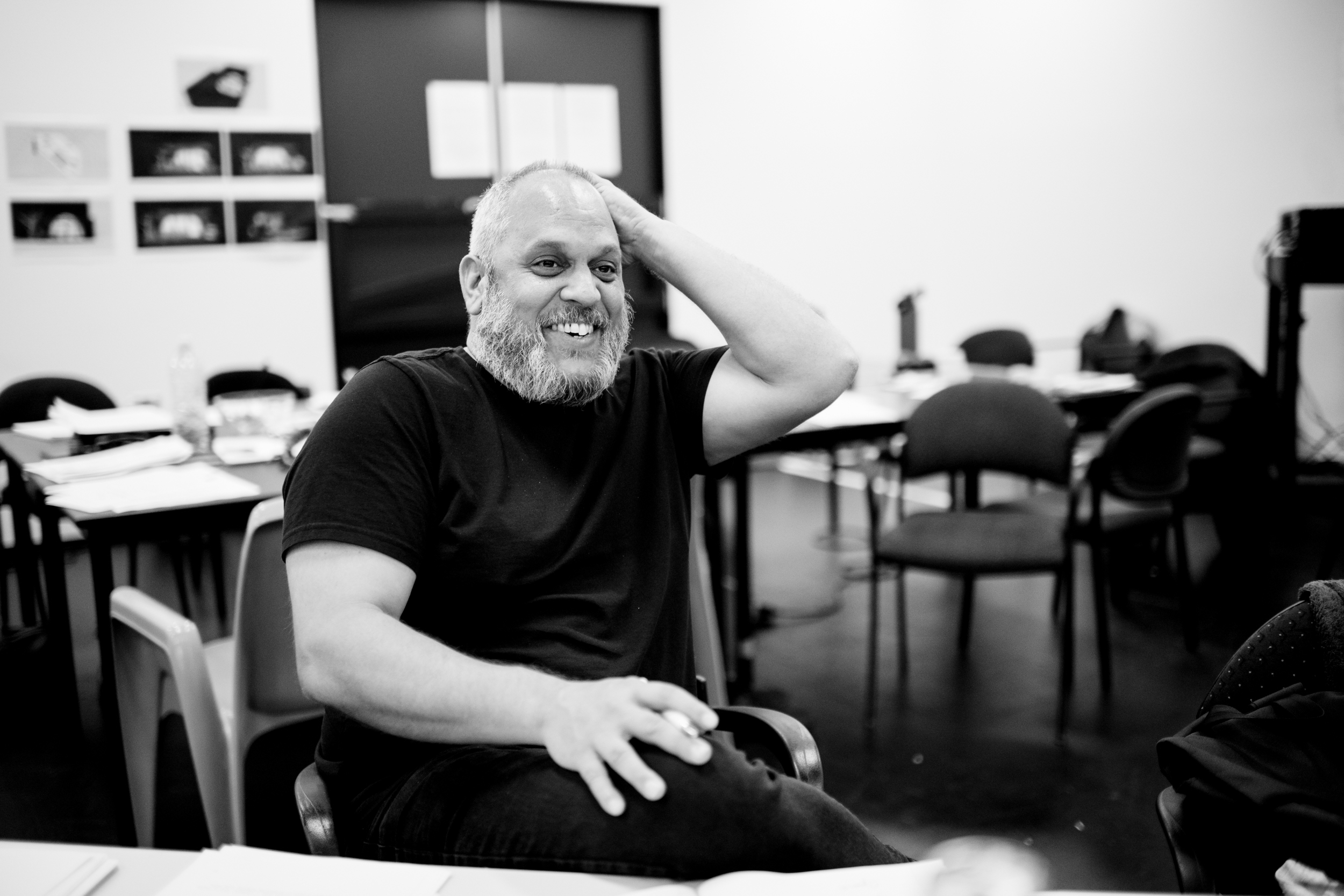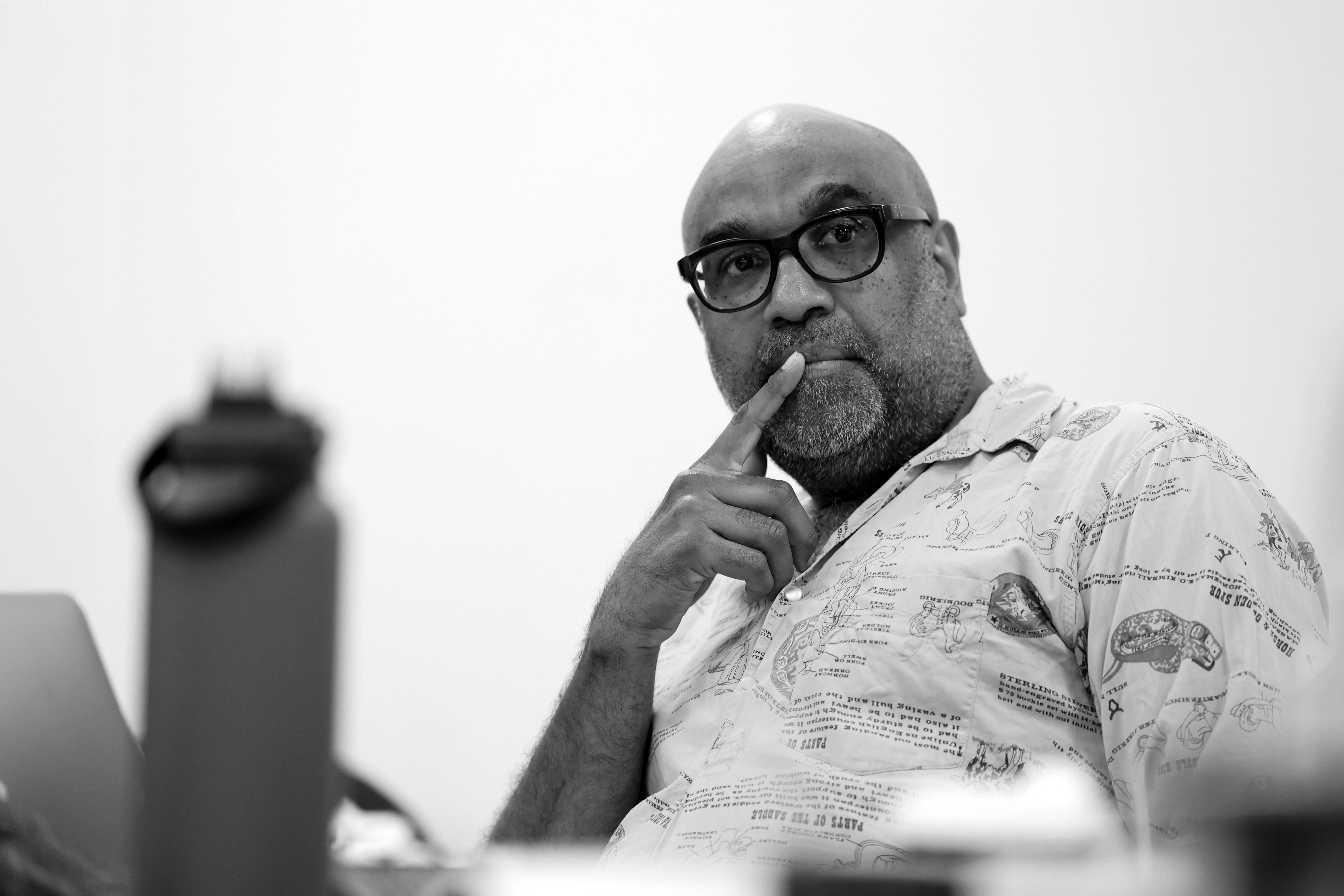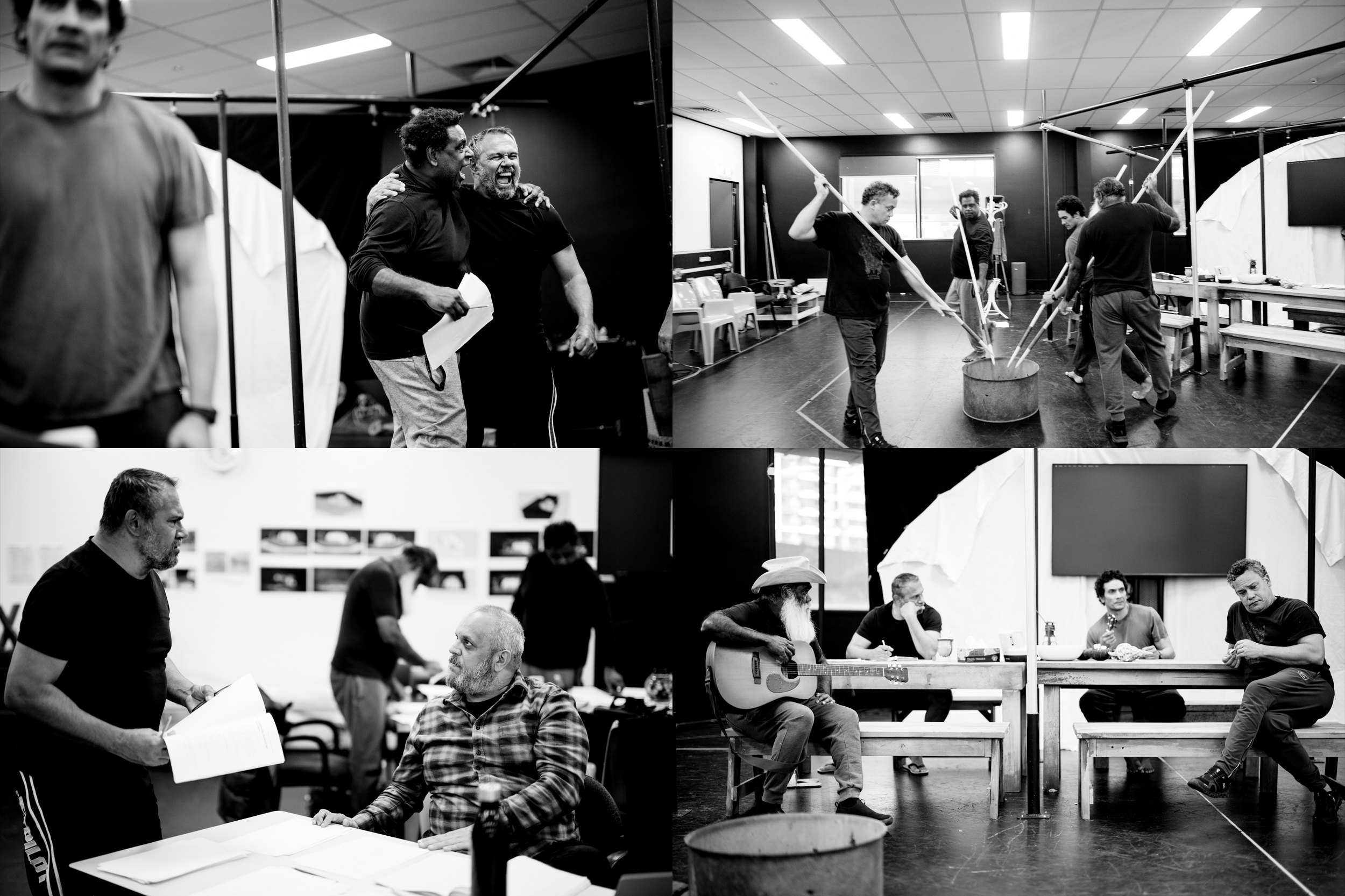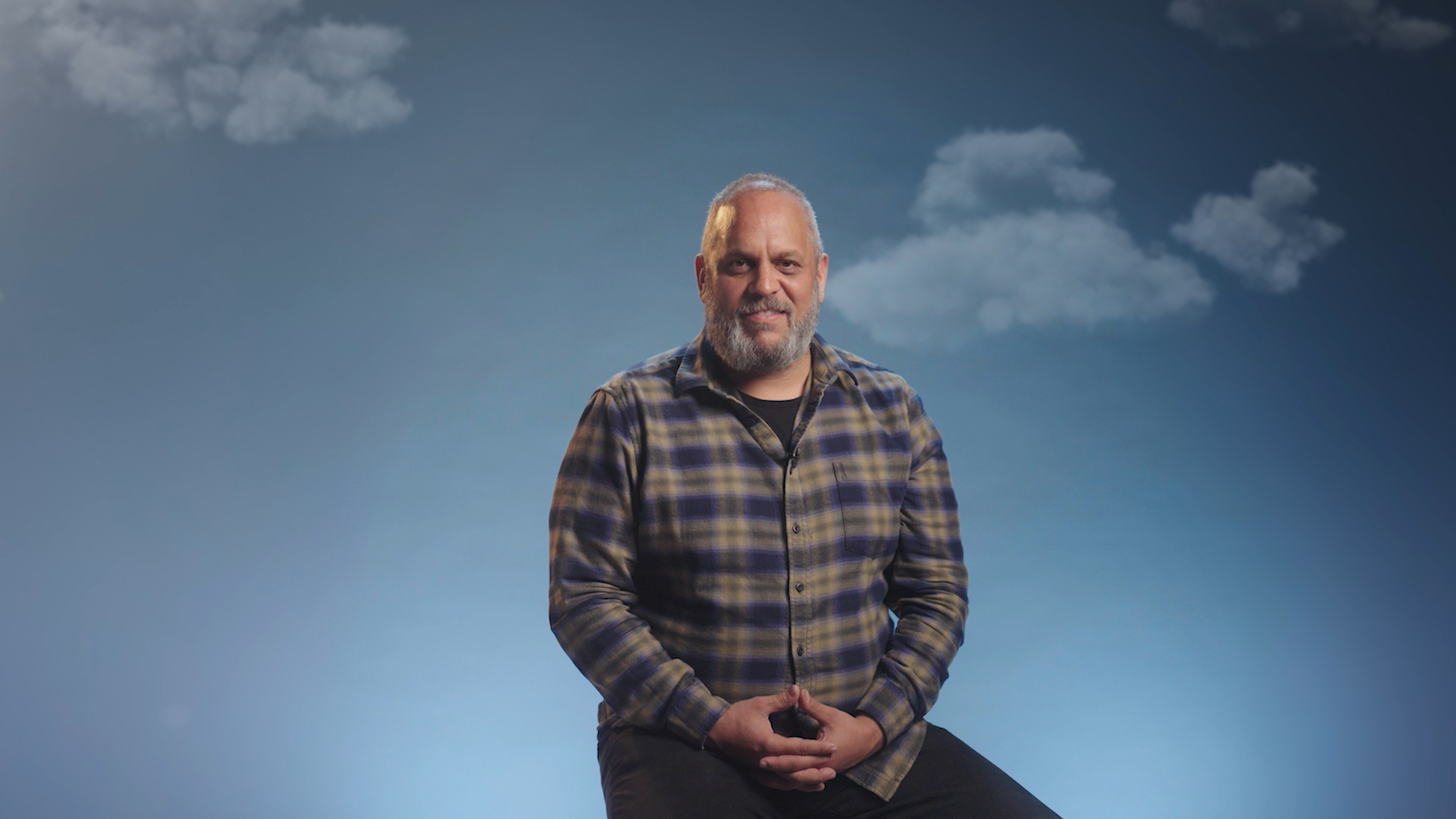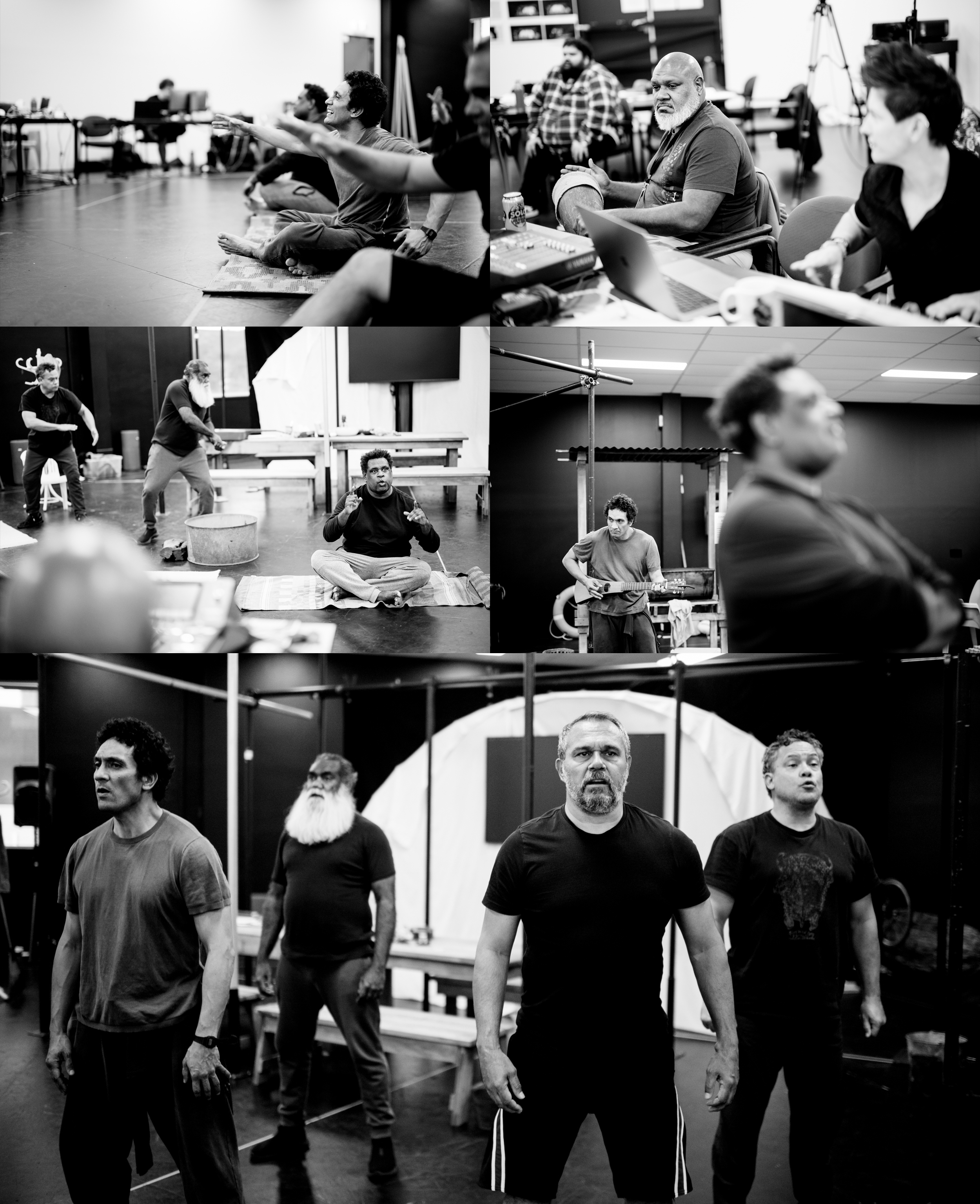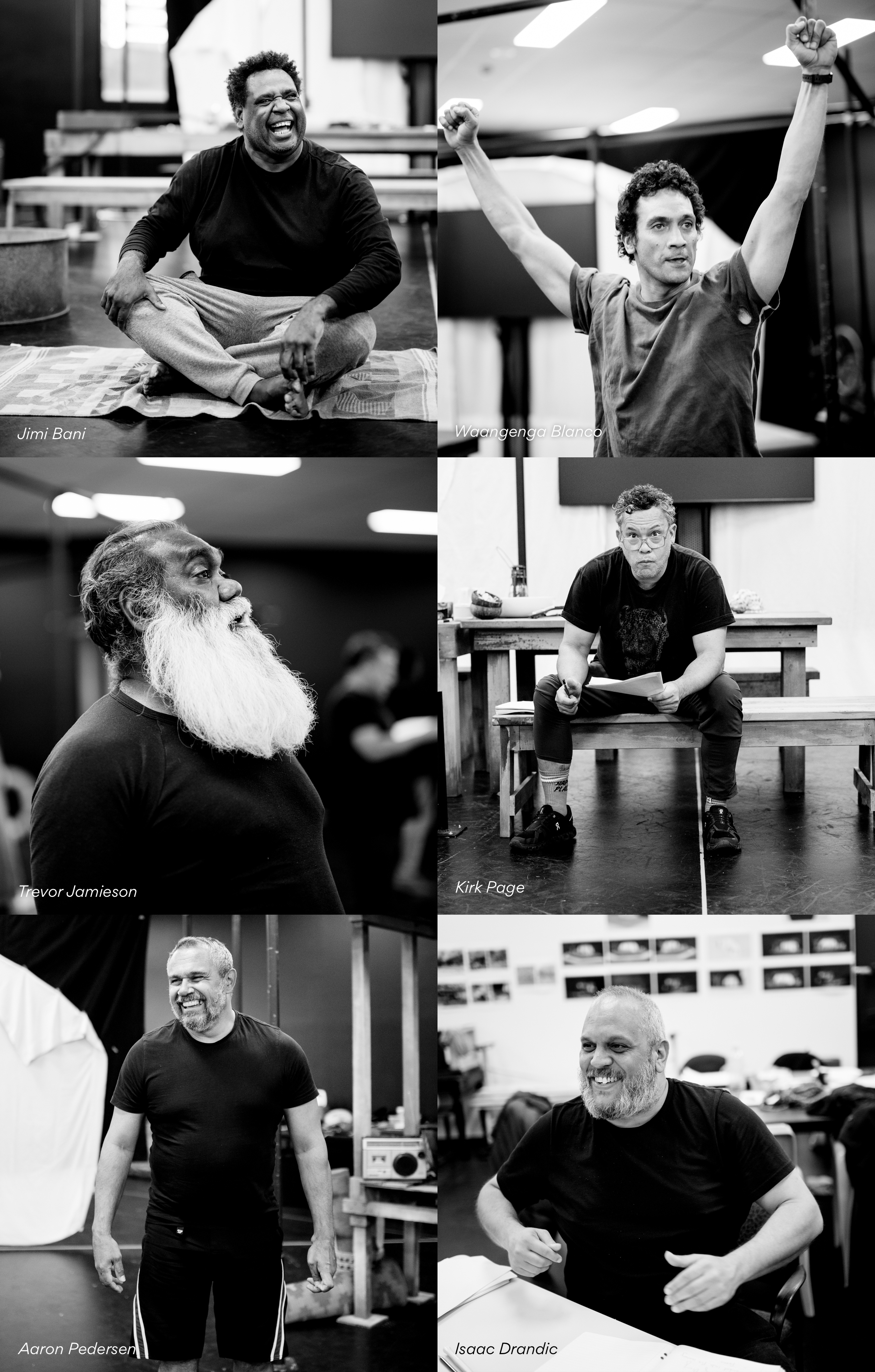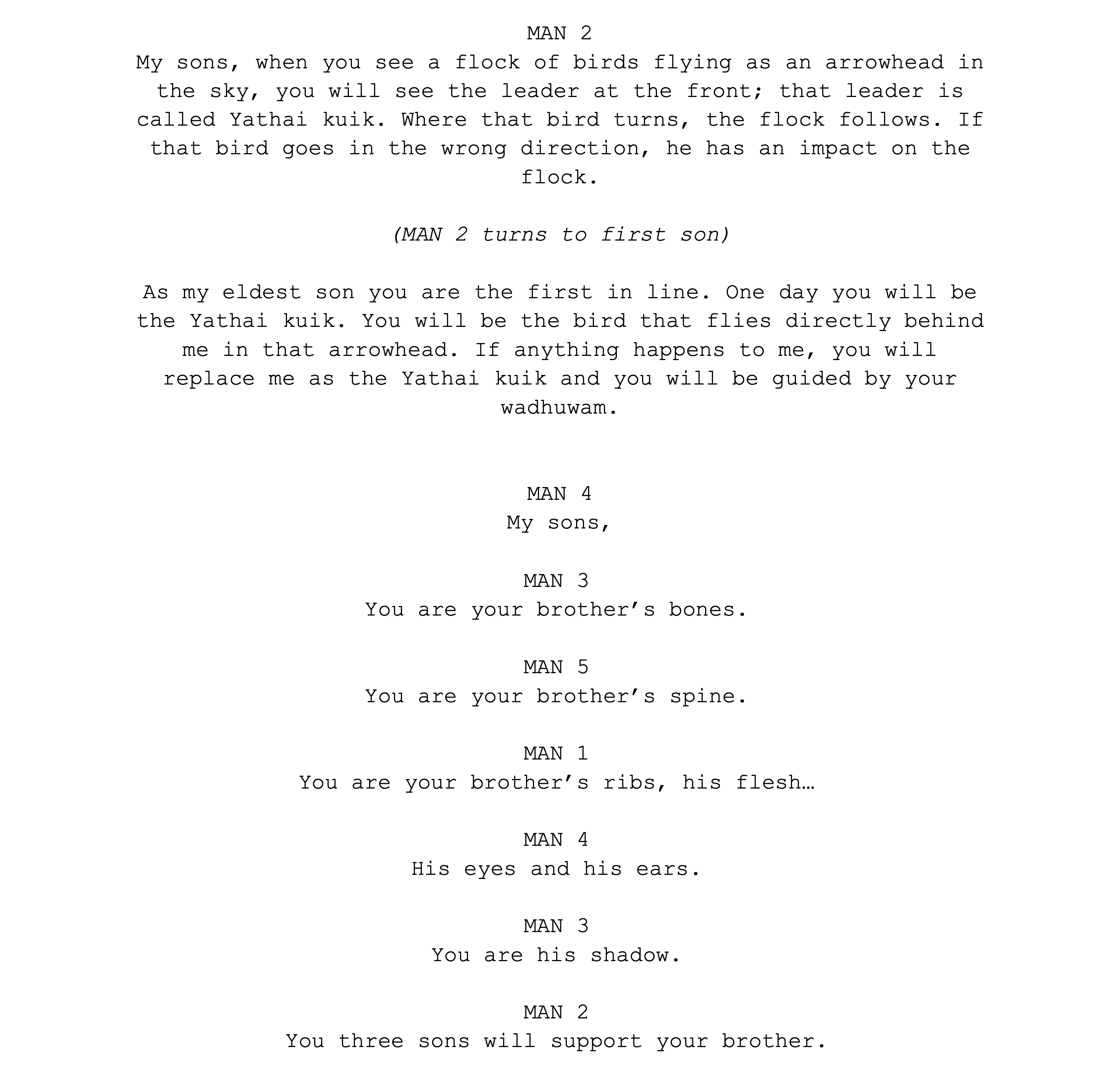ISAAC DRANDIC ON DEAR SON: Crafting a Theatrical Love Letter to First Nations Men
News Article in The Scoop: Isaac Drandic on Dear Son: Crafting a Theatrical Love Letter to First Nations Men • The Scoop
Dear Son is such a personal and powerful collection of stories. What drew you to adapt it for the stage?
There’s a defiance that is implied in these letters in regards to reclaiming and shifting the image of Aboriginal and Torres Strait Islander men. Through these acts of writing these letters to our sons, and some to our fathers, there’s a responsibility there that these men have taken towards their sons. They start to change the image that has been outside of our control of who Aboriginal and Torres Strait Islander men are. It’s loaded with what really attracted me to this work. And of course, there’s the beautiful writing and the beautiful deep expression that can only, I think, be articulated through the form of writing letters.
I also think about the act of writing these letters. I often think that in a lifetime, I’m not sure that we would sit down with our sons or with our fathers and talk about our experiences. About our lives, about our wisdoms, about how it is we pass on those teachings and those learnings over generations.
I’m not sure that we would actually sit there and do that without being distracted or disturbed by life. By a phone call. And I imagine that through the process of writing, things would have come up for these men that they might not have expected.
How did you approach translating such deeply personal letters into a theatrical experience?
John Harvey and I, as co-adapters, one of the first things we did was talk about how we wanted to stay really true to the letters. We wanted to be able to represent these writers in the most authentic way possible. We did this by keeping the text and their stories really accurate in terms of what they wrote in the book.
We were also really aware that a lot of the letters sit in this reflective space and that reflection doesn’t necessarily work for theatre. Certainly some reflection can work in theatre. But if it’s all reflective then there’s no dramatic action that’s driving the stories. So a big part of our job was to bring some of the language and some of the letters into the present tense. And by doing that we were able to make these letters and the men, the actors, active in the storytelling.
The other significant moment in terms of what shaped how we put this stage adaptation together was during the first workshop that we did in Cairns. We invited four of the actors from the cast and we actually didn’t read from the book. We spent those two or three days actually just talking about our own experiences as fathers and sons.
And the workshop really turned into this sort of men’s group. A lot of us had known each other for over 20 years and we learned things about each other’s lives, personal lives, that we’d never known about each other before.
So this book, Dear Son, was an invitation for us as men to start to open up and talk about what was happening and going on in our own lives. Which is a beautiful invitation that Thomas and the other writers of the book have given us. There were plenty of tears in this workshop and there was lots of laughter.
And so John and I then, we set the story in this space that is known as a Cook Haus. These are places where people gather, community gathers and they conclude and they talk. There’ll be fire. This is a meeting place where people can come and feel safe. So the premise of this work is that it’s set at a Cook Haus and this is a men’s group that are meeting.
How does Dear Son connect to the broader conversation around truth-telling and reconciliation in Australia today?
The act of these letter writers, our source material, it’s their intent to stop the demonisation of Aboriginal and Torres Strait Islander men. The letters in themselves are a form of truth-telling. And what makes them so powerful is that while they are inherently political, they are absolutely personal. They’re not trying to be political in writing these letters. They’re giving us access to their own truth and their own experiences.
And I think that through that generosity and through that access, Aboriginal, non-Aboriginal, everybody can find a way into these stories and have a sort of deeper understanding. Not just of these men’s experiences, but of their own experiences.
How does this stage adaptation explore that bond of fatherhood, especially from a First Nations perspective?
What’s really interesting in this work is there’s a letter written by Yessie Mosby. He’s a Kulkalgal fella from the Torres Strait Islands. He’s a dad and he wrote his letter from the burial grounds of his sixth-generation grandfather. He talks about the different stages from boyhood into manhood. About the children growing up as turtles and then growing into goannas and then growing into the man stage of life.
And he talks about the many dads that are involved in the bringing up of children. How we consider all the uncles our dads as well. So it’s not just one man’s, it’s not just the dad’s responsibility. It’s the uncle’s responsibility to take them through law. So in cultural and traditional societies that role and responsibility is a shared role between the uncles. I hope that sort of answers your question.
Yes, that’s fantastic. Thank you. I also wondered what conversations are you hoping this production sparks between fathers and sons, or perhaps families more broadly?
I go back to what I was saying before, when we were invited by the letter writers of this book to start to open up and actually talk about what matters to us. What are the things that we need to be talking about right now? I hope that these men, through their vulnerability, their strength, through the performer’s strength and their courage to tell these stories and the courage of the letter writers, that it redefines this idea of what masculinity is. It is okay to talk, and it is okay to cry and it is okay to ask for help. It’s okay to talk about more than just sport, right?
Especially in Australia.
Yeah, especially in Australia. That’s right.
What do you hope that audiences, both Indigenous and non-Indigenous, will take away from this work when they see it?
That what we’ve been taught to believe about masculinity and what being a man is, black or white, is flawed. And that there are other versions of what being a man is. We can be tender, we can be loving, we can be soft. We are vulnerable, we are all these things. And that’s okay.
How have the cast contributed to shaping the emotional tone or direction of the production?
We are talking about a senior cast of Aboriginal and Torres Strait Islander men. Each come from a lot of experience in the theatre but a lot of life experience as well. We have Jimi Bani, who is the chief of the Wadagadum people in the Torres Strait. And we’ve got Trevor Jamieson, who’s an initiated man. We’ve got all of their experiences of life, life learnings, and wisdoms to draw from. They’ve been so generous to bring that part of themselves to the work because each of them are fathers and each of them are sons.
REFLECT:
“The act of these letter writers, our source material, it’s their intent to stop the demonisation of Aboriginal and Torres Strait Islander men. The letters in themselves are a form of truth-telling. And what makes them so powerful is that while they are inherently political, they are absolutely personal.”
- Consider Isaac’s words in relation to the ‘Act of writing these letters’. In what way do you think that the form of letters enabled the ‘beautiful deep expression’, the truth-telling and the letters being ‘inherently political and absolutely personal’?
- In what way was the workshop and co-adaptation process critical in shaping the direction of the theatrical production of Dear Son from the outset?
- How does director Isaac Drandic shape dramatic languages of Dear Son to dispel the stereotype around what masculinity is for First Nations men, particularly in relation to Fatherhood?
- Consider the significance of the Cook Haus as the setting for the play. How does the choice of this environment, selected by Dear Son Co-Adaptors Isaac Drandic and John Harvey with Set Design by Kevin O’Brien, resonate with and extend the themes, ideas and concepts of the production?
- Consider the co-adaption process with John Harvey that Isaac speaks of “to bring some of the language and some of the letters into the present tense. And by doing that we were able to make these letters and the men, the actors, active in the storytelling.” How are the dramatic languages manipulated in the production for example, the physical language, sonic (sound) language, design languages of video, set, costume and lighting to achieve this? See the below statements from the Dear Son
Design Team.

